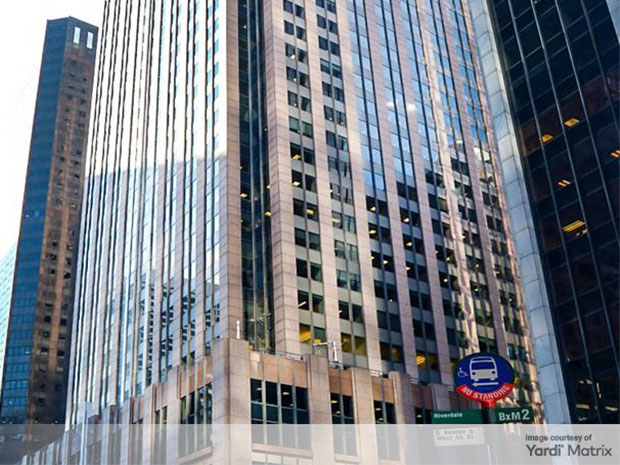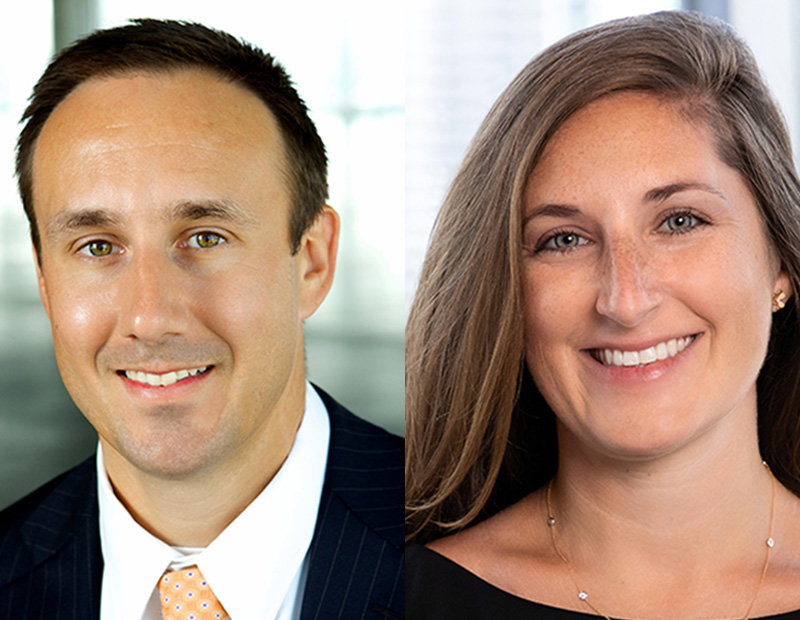The New Normal Rate Regime
The focus on near-term rates may obscure the importance of long-term economic performance.
“The only function of economic forecasting is to make astrology look respectable.” John Kenneth Galbraith.
In contrast to John Kenneth Galbraith’s tongue-in-cheek contempt for economic forecasting, I have nothing but sympathy for my profession. This has been quite a roller-coaster year for bond markets and economists alike, and we at CBRE Investment Management find ourselves almost back to where we were last fall, expecting just one U.S. federal funds rate cut very late in the year. The reason for this renewed bearishness is—perhaps counterintuitively—the better-than-expected performance of the U.S. economy. As I signaled in my last column, the U.S. economy continues to outperform its global peers, with a strong labor market, robust corporate profit growth and no demonstrative sign that rising rates have deterred consumers from spending or cooled the housing market. The upshot is that U.S. inflation has been sticky high for longer, causing economists to push back their forecasts for the timing and pace of rate cuts in 2024 and markets to react accordingly.
I wonder if we are all too swept up in the immediate near-term rate outlook and have lost sight that for the long-term outlook for real estate performance, what matters is the new normal interest rate regime. After all, real estate is but a humble price taker from fixed income. And fixed income performance is driven by the prevailing interest rate and inflation trend. To add a further layer, the inflation trend is driven by a mix of structural macro, technological and geopolitical trends which, in turn, influences the prevailing monetary policy regime.

I have lived through three distinct monetary policy regimes. The first was Political Monetarism as practiced in the U.S. and U.K. for much of the 1980s. The second monetary policy regime was Inflation Targeting, lasting from the mid-1990s to 2007, in which newly independent central banks set short-term interest rates at 2 percent to target consumer price inflation reduction within two years. The third was the Quantitative Easing regime that lasted from 2008 to 2021. QE was characterized by central banks deliberately suppressing interest rates to force return-seeking investors into higher-risk assets.
Each successive regime was more beneficial to real estate. The first was characterized by pro-cyclical policy that amplified the business cycle and led to a cautious real estate investment environment. The second injected a measure of transparency and consistency that saw the flourishing of global capital markets. The third was nirvana! Capital appreciation was the declared aim of central banks. Of course, no monetary policy regime ever lasts indefinitely.
The critical question is not when the first rate cut comes, but what the fourth monetary policy regime will look like. My belief is that because of a demographic decline making workers scarce, deglobalization increasing the frictional costs of trade, climate volatility increasing the cost of food, and energy transition costs, we are entering a period of structurally higher inflation and inflation volatility. This new economic environment will require nominal interest rates to be held at a slightly higher level and perhaps change more often than seen in both the QE and Inflation Targeting regimes. I expect inflation to be closer to 3 percent, nominal rates to be approximately 4 percent and real rates to circle around 1 percent.
Real estate investors should, therefore, create their product architecture and construct their portfolios accordingly.
Sabina Reeves is chief economist & head of insights and intelligence at CBRE Investment Management, associate fellow at the University of Oxford and council member of Marlborough College. Follow Sabina on Threads: @sabinareevesconomist or on Linkedin [https://www.linkedin.com/in/sabina-reeves-0a2b13a/]









You must be logged in to post a comment.